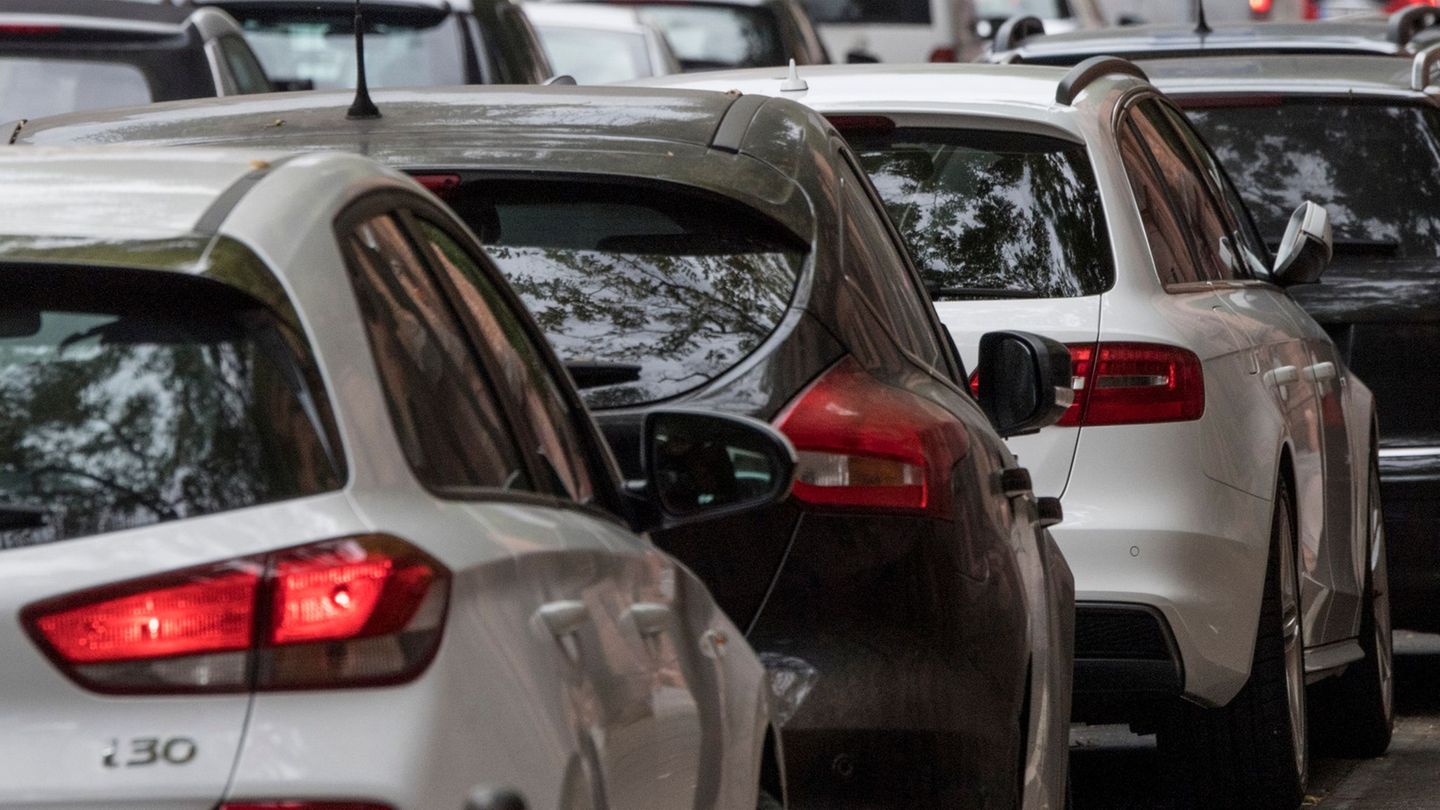Numbers have been increasing for years
More and more cars in Germany
Copy the current link
Add to the memorial list
It is getting full on Germany’s streets. Many households have several cars. The car density has recently declined slightly in a few federal states.
In Germany, despite efforts to turn a traffic, there are more and more cars. The Federal Statistical Office counted 590 passenger cars each 1,000 inhabitants at the beginning of this year. A year earlier there were 588, 587 in 2023. The car density had risen steadily since 2008, the Wiesbaden authority said on the basis of figures from the Federal Motor Transport Authority (KBA) and its own calculations.
The number of approved cars in Germany reached a maximum: As of KBA numbers, 49.3 million cars were approved in this country on January 1, 2025, as many.
Large regional differences
The statisticians in Saarland made up the highest car density with 646. Rhineland-Palatinate (641) and Bavaria (635) follow. The least cars each 1,000 inhabitants were available in the city -states of Berlin (334), Bremen (427) and Hamburg (435) at the beginning of this year.
Compared to the previous year, there was an increase in almost federal states. In Bavaria, the car density remained unchanged. The statisticians recorded a decline in all three city-states and in Hesse, where the above-average car density easily declined from 623 to 622.
dpa
Source: Stern




